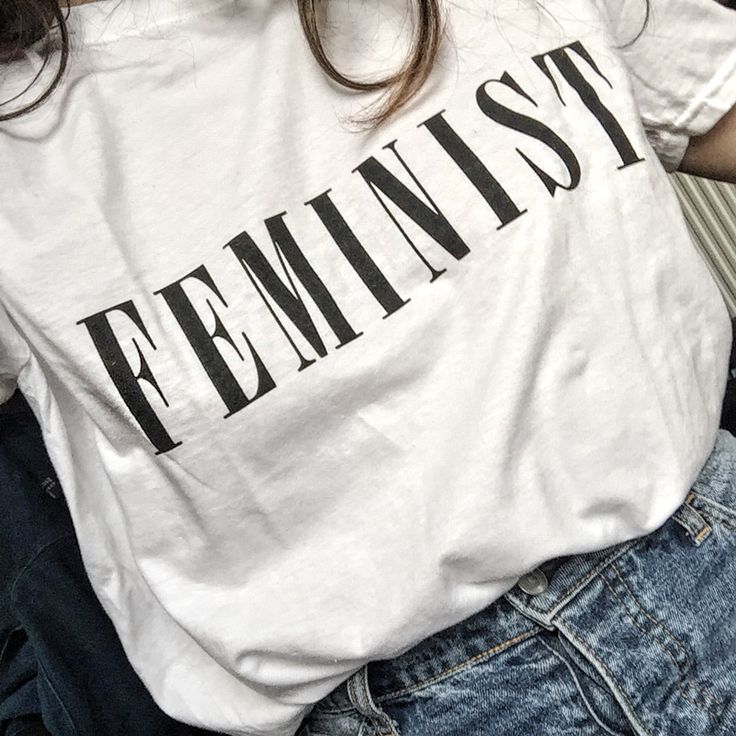Following the recent #MeToo allegations against Topshop owner Sir Philip Green, Harriet Timmins discusses the fine lines which come
with political fashion.
In the wake of what has been dubbed the British #MeToo scandal, which has seen Sir Philip Green – the man that dominates our high street – accused of sexual and racial abuse towards his staff, I have felt an urge to look at how we shop. Green has clothed a nation of teenage girls for well over a decade. His brands – Topshop, Miss Selfridge and Dorothy Perkins, to name a few – have been a haven for a lot of young girls and women; a place to play dress up, to enable us to express ourselves through our style choices, and to get in on the latest trends when, as is often the case in our school years, we want to fit in with the crowd. Look at it how you will, but these brands have been major successes – there are over 2,500 Arcadia stores around the UK – and that is down to the hordes of dedicated young women who have become almost reliant on them.

With this in mind, and given the current political climate, it is easy to see why retailers such as Topshop market ‘feminist fashion’. Particularly in light of the #MeToo movement, feminism and female empowerment have rightly become an inescapable presence in our daily life, which brands have clung to as they know it will sell. T-shirts with ‘feminist’ or ‘girl power’ written across the front will sell. But when they are sold from retailers governed by misogynistic men – men who order the dissembling of a bright pink stand promoting a book on feminism – we have to question the impact of buying these items. Is wearing a t-shirt that unashamedly declares your political views a powerful statement, or does it simply make politics a commodity, an empty fashion statement? Is there a way to wear these items without stripping the movement of its real meaning?
Political activist and designer Katharine Hamnett is a prime example of someone who combines fashion and politics whilst still retaining the power of her message. Writing for Harper’s Bazaar, Hamnett recalls the advice she gave to feminism advocate Lynne Franks in the 1980s: “If you really want to push this message and make it really visible, then print it in giant letters on a t-shirt. Make it so big so that you can’t help but notice it, that you have to read it, because as soon as you read it, that message will go into your mind and you’ll think about it.” This, I believe, is the secret to bringing real meaning behind feminist fashion. Hamnett’s t-shirts are all about the words, and thus their unavoidable message. They are produced purely for the purpose of activism, rather than the sales they will generate. Hamnett reiterates, “for [political t-shirts] to work, they must have a strong message. Mine are cries of the heart, there’s passion there. I find a lot of the feminism t-shirts a bit wet.”
Herein lies the key: for feminist fashion to work, it needs to be a cry of the heart. It shouldn’t be a commodity, a trend, or something you buy solely for its aesthetic purposes. If we choose to wear feminism on our sleeve – or our chest – we should do it knowing that there is a sense of solidarity; we belong to a movement where there is much more progress to be made.
This is the sentiment lacking in high street feminist fashion, and this is where Philip Green has clearly missed the mark.
By Harriet Timmins.
Image: anaelleclaudet.com

